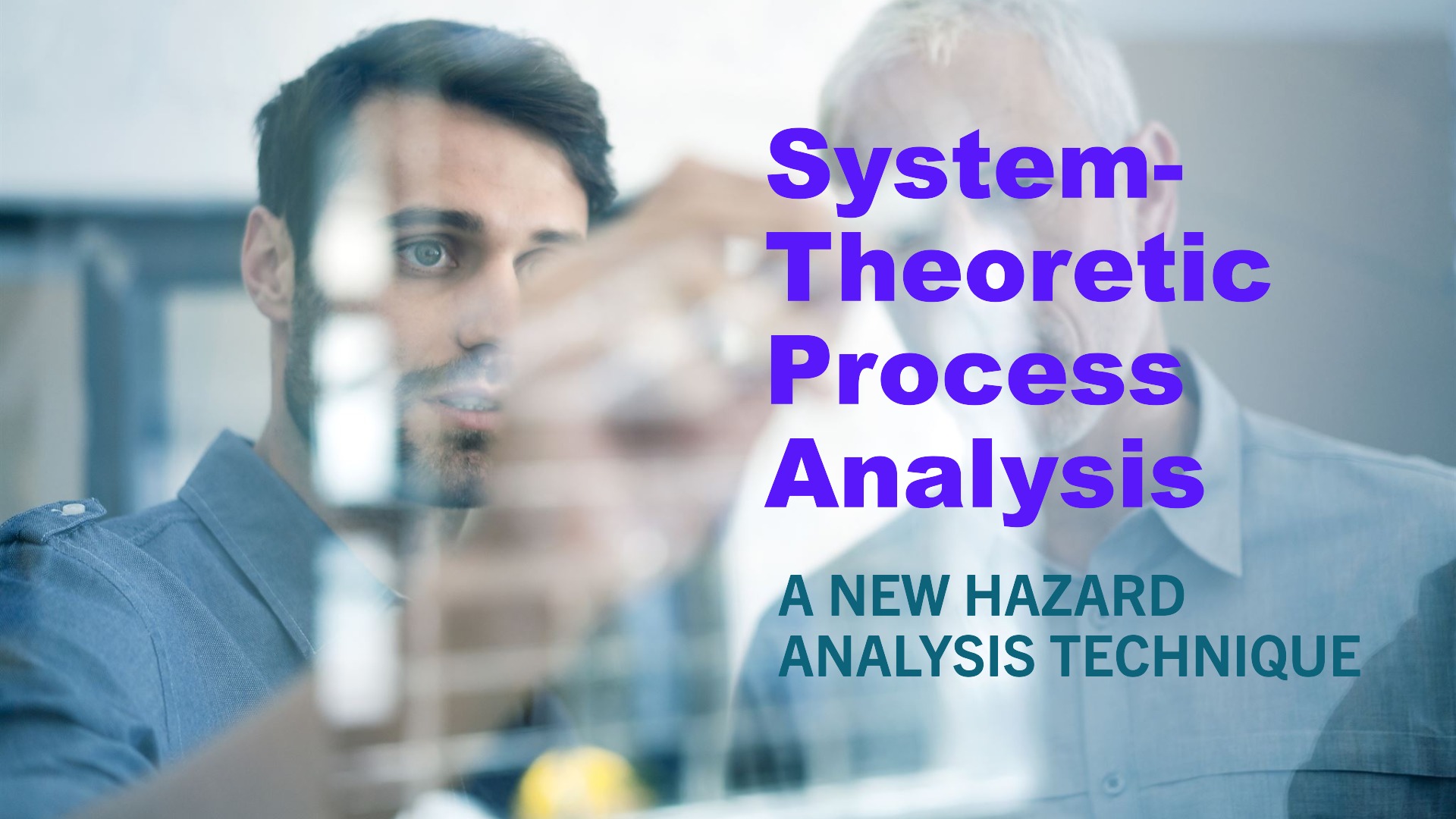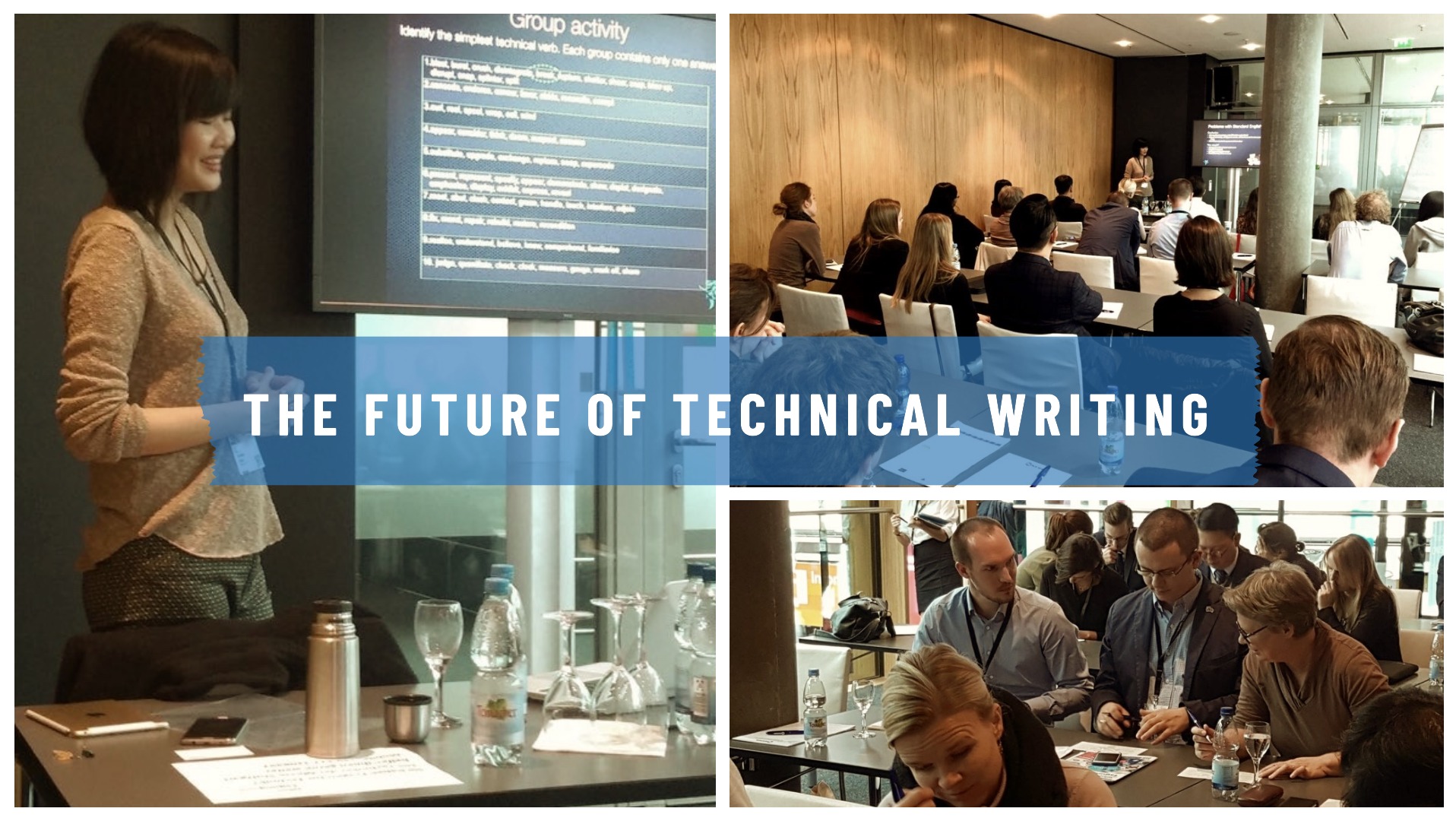January 2025
This article explores how ASD-STE100 (Simplified Technical English or STE) can be effectively applied within the framework of System-Theoretic Process Analysis (STPA). While STPA primarily focuses on identifying and analysing hazards within a system, the incorporation of ASD-STE100 principles ensures that all documentation generated throughout the process is characterised by clarity, conciseness, and unambiguous language.
The Role of ASD-STE100 in Effective STPA:
-
Clear Hazard Descriptions: ASD-STE100’s emphasis on precise language and the avoidance of ambiguity is crucial in ensuring that identified hazards are described clearly and unambiguously within STPA documentation. This clarity is essential for effective hazard communication and subsequent risk assessment.
-
Consistent Terminology: By promoting the consistent use of terminology throughout the STPA process, ASD-STE100 facilitates a shared understanding of key concepts and terms among all stakeholders, including engineers, safety analysts, and project managers. This consistency minimises confusion and ensures that all parties involved interpret information in the same manner.
-
Improved Communication: The clear and concise documentation facilitated by ASD-STE100 significantly improves communication and collaboration among all stakeholders involved in the STPA process. This enhanced communication fosters a better understanding of the identified hazards and facilitates the development of effective risk mitigation strategies.
-
Reduced Misinterpretation: By eliminating ambiguity and promoting clarity, ASD-STE100 minimises the risk of misinterpretations of STPA findings. This reduced risk of misinterpretation leads to more accurate and effective risk assessments and subsequent risk mitigation strategies.
Specific Applications of ASD-STE100 in STPA:
-
Hazard Identification: When documenting identified hazards, the use of clear and concise language, devoid of ambiguity, is paramount. This ensures that all stakeholders have a shared understanding of the nature and scope of each identified hazard.
-
Control Structure Diagrams: The labels and descriptions within control structure diagrams should be clear, concise, and easily understandable. This ensures that the diagrams effectively communicate the system’s control logic and potential interactions between system components.
-
Hazard Analysis Reports: The principles of ASD-STE100 should be rigorously applied when drafting hazard analysis reports. These reports should be written in a clear, concise, and easily understandable manner, ensuring that they are accessible to a wide range of stakeholders, including those without specialised engineering or safety expertise.
-
Risk Mitigation Strategies: The documentation of risk mitigation strategies should adhere to ASD-STE100 principles, ensuring that they are presented in a clear, concise, and unambiguous manner. This clarity facilitates the effective implementation and monitoring of risk mitigation measures.
In essence, ASD-STE100 serves as a valuable tool for enhancing the overall quality and effectiveness of STPA documentation. By ensuring that all documentation related to the STPA process is clear, concise, and unambiguous, ASD-STE100 contributes to a more robust and effective hazard analysis process.







 Learn more about this international writing standard:
Learn more about this international writing standard: